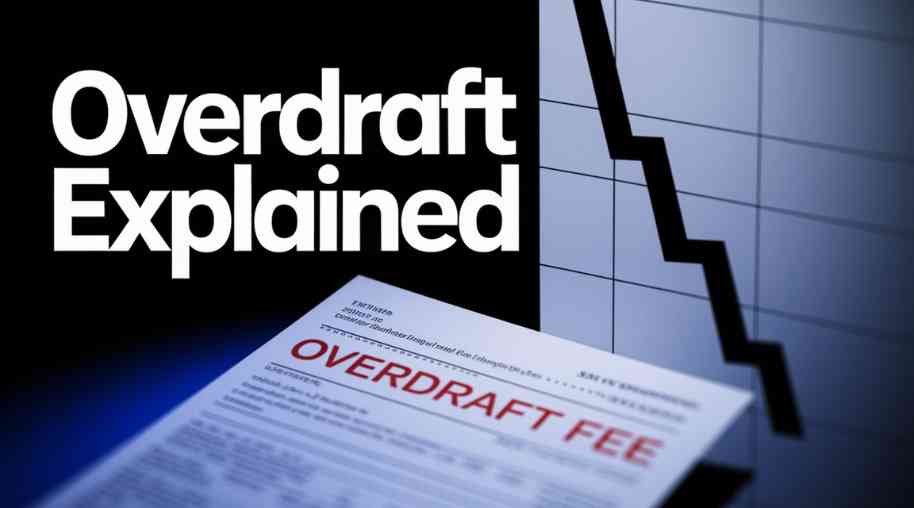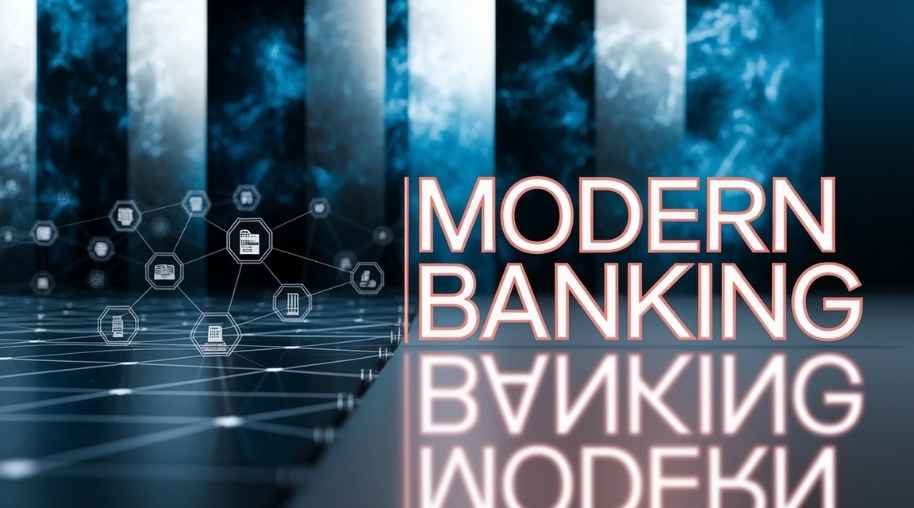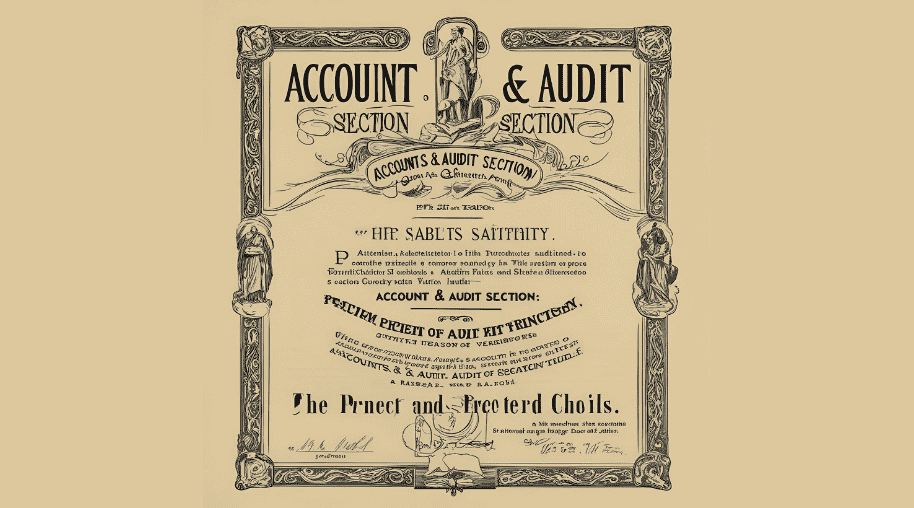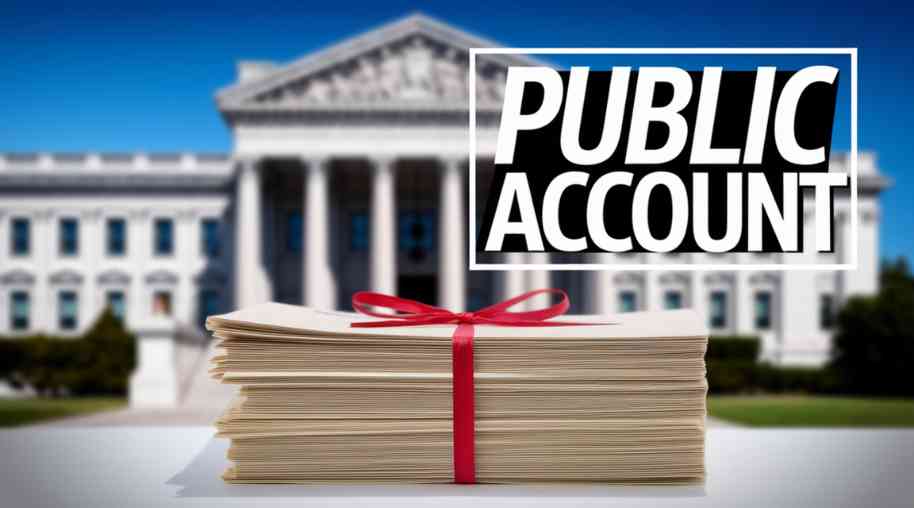OD Full Form-Overdraft
by Shashi Gaherwar
0 1760
Overdraft: How It Works, Benefits, Risks, and Best Practices
An overdraft is a short-term credit facility allowing withdrawals beyond an account’s balance, providing a financial cushion for unexpected expenses. While flexible, it carries costs like interest and fees. This article explores how overdrafts work, their benefits, risks, types, and best practices.

What is an Overdraft?
An overdraft enables account holders to withdraw funds exceeding their balance, up to a set limit, offered to individuals and businesses for short-term needs. Banks charge interest and fees, and some provide overdraft protection linking to savings or credit accounts.
Types of Overdrafts
Overdrafts include:
- Authorized (Arranged): Pre-approved with a set limit (e.g., $5,000), offering lower rates but risking interest buildup if mismanaged.
- Unauthorized (Unarranged): Unapproved withdrawals beyond balance, incurring high fees and potential credit score damage; avoided by monitoring balances and using protection.
How Overdrafts Work
Overdrafts operate via:
- Bank Approval: Banks assess credit history and income.
- Limit Assignment: Set limits based on risk, from hundreds to thousands.
- Interest/Fees: Daily interest and per-transaction fees apply.
- Repayment: Repay with interest within agreed terms to avoid penalties.
Benefits of Overdrafts
Overdrafts offer:
- Emergency Support: Quick funds for unexpected shortages.
- Flexible Repayment: Repay anytime, unlike fixed loan schedules.
- Business Cash Flow: Covers expenses like payroll during tight periods.
- Convenience: Instant fund access without loan approvals.
- Credit Score: Timely repayment enhances credit rating.
Risks and Downsides of Overdrafts
Overdrafts pose:
- High Costs: Higher interest rates than loans increase borrowing costs.
- Debt Cycle: Continuous borrowing risks debt accumulation.
- Credit Impact: Non-repayment harms credit scores.
- Unexpected Fees: Exceeding limits or unarranged use incurs hefty charges.
- Limited Borrowing: Lower limits may not meet large needs.
How to Use Overdrafts Wisely
Best practices for overdrafts include:
- Short-Term Use: Limit to temporary needs, not long-term borrowing.
- Monitor Accounts: Track transactions to avoid limit breaches.
- Overdraft Alerts: Use bank notifications for low balances.
- Protection Plans: Link to savings/credit accounts to cover shortfalls.
- Quick Repayment: Pay off promptly to minimize interest.
- Compare Policies: Choose banks with low fees and flexibility.
Overdraft vs. Personal Loan
Choose overdrafts or personal loans based on:
- Overdraft Suitable For: Quick, short-term funds, flexible repayments, or emergency buffers.
- Personal Loan Suitable For: Higher borrowing amounts, structured repayment plans, or lower rates for long-term needs.
Overdrafts provide flexible, instant funds for short-term needs but require careful management due to high costs and debt risks. Responsible use, regular monitoring, and prompt repayment maximize benefits while minimizing financial strain.
Further Learning Resources
If you’re passionate about building a successful blogging website, check out this helpful guide at Coding Tag – How to Start a Successful Blog. It offers practical steps and expert tips to kickstart your blogging journey!
For dedicated UPSC exam preparation, we highly recommend visiting www.iasmania.com. It offers well-structured resources, current affairs, and subject-wise notes tailored specifically for aspirants. Start your journey today!

Share:








Comments
Waiting for your comments